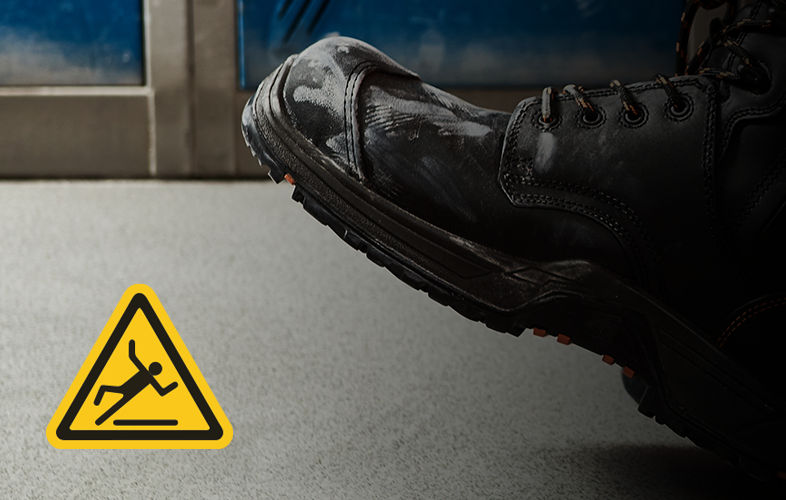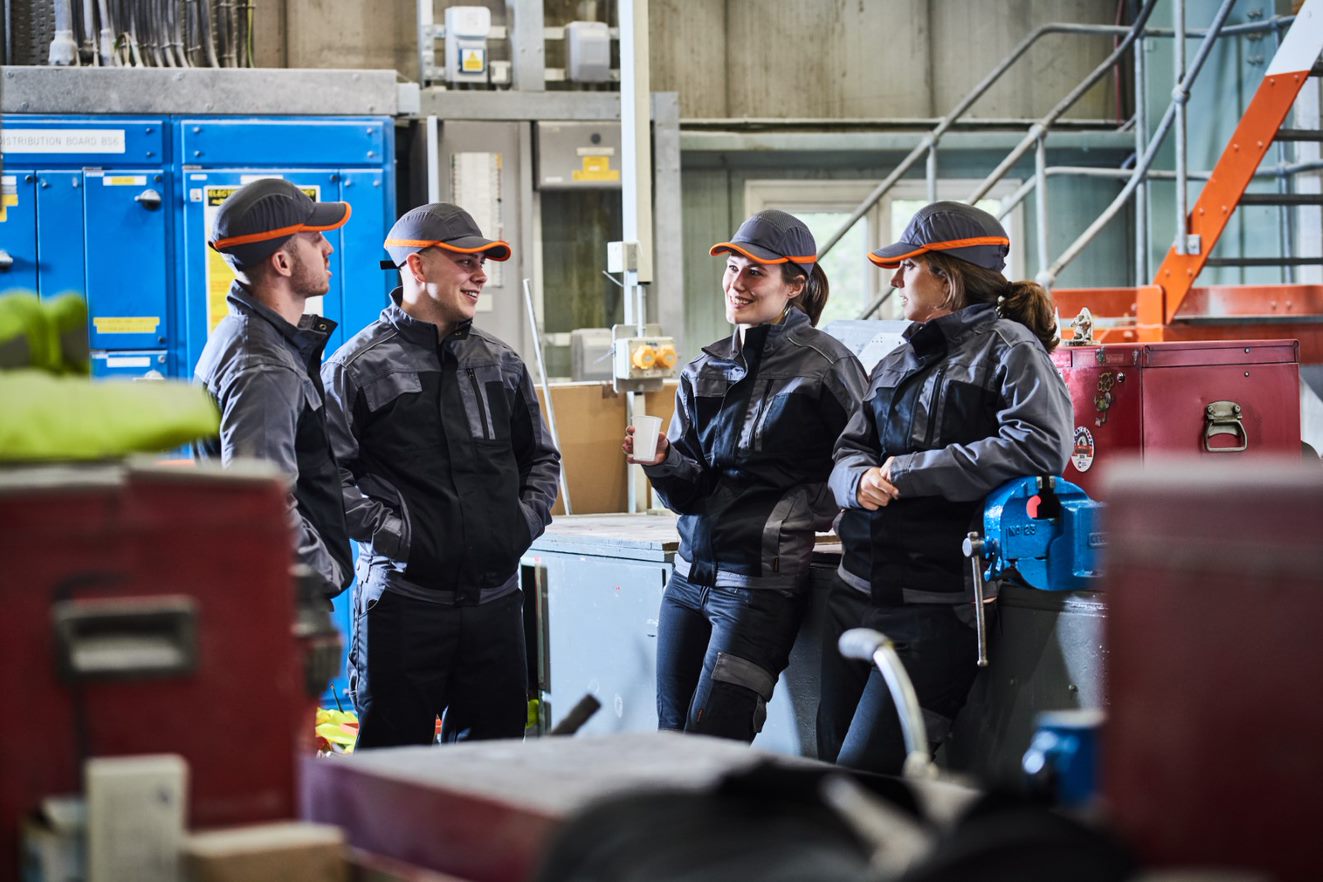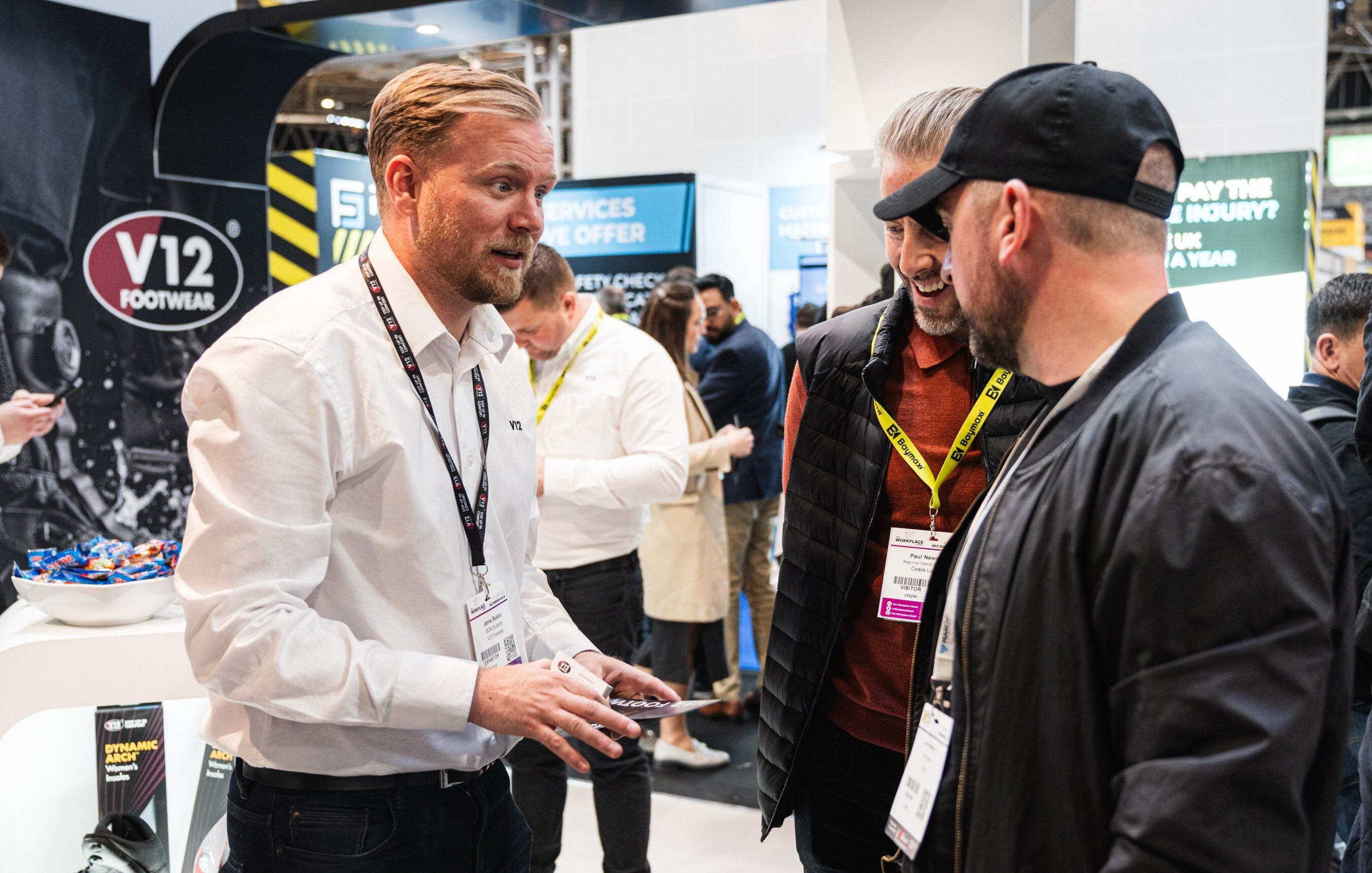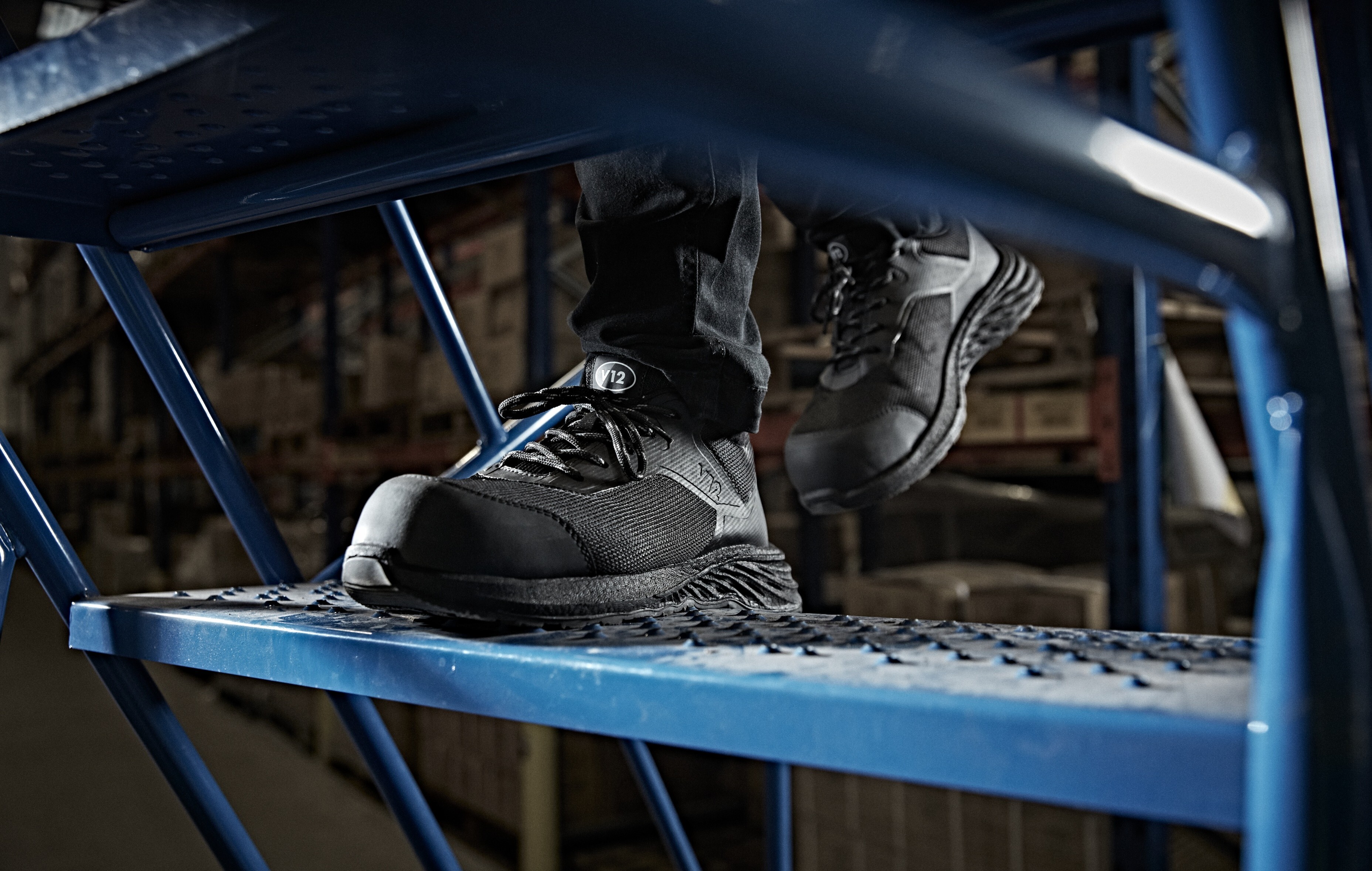Slips are an all-too-common workplace accident, and along with trips and falls, account for nearly 30% of all non-fatal injuries. The consequences of these accidents can be both painful to the victim and costly for the employer, so in this article, we examine the different types of injuries caused by slips in the workplace.
We’ll also highlight some statistics that outline the importance of getting slip safety at work right – because some of the percentages are staggering.
HOW IS A SLIP DIFFERENT FROM A TRIP OR FALL?
To begin, let’s make an important distinction. Often, slips are ‘bundled in’ with trips and falls, but as you can see from Slip Expert, Christian Harris, arguably slips should have a higher priority for employees and employers.
“Trips are relatively “simple” to solve. Whereas slips are not. When we group these accident types together, people – incorrectly – assume that slips are also “simple”. In fact, there is a lot more to it than that. Slips is a scientific subject that requires a breadth and depth of action to solve.”
THE COST OF SLIPPING: THE EMPLOYEE
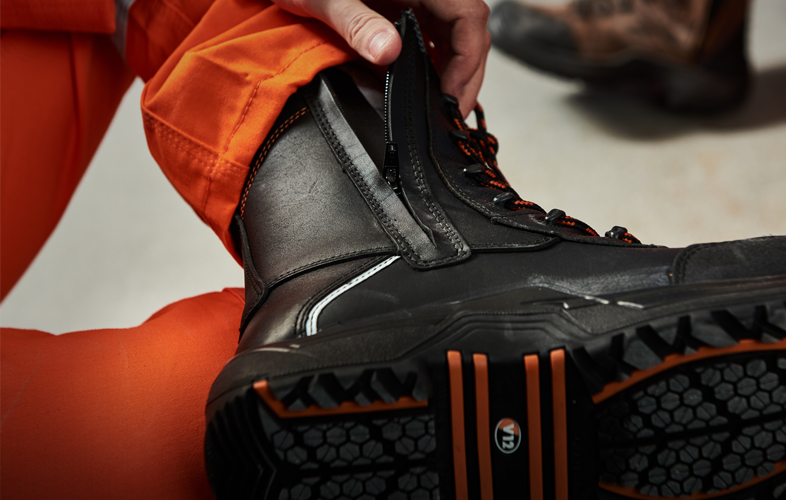
THE FACTS:
- 95% of major slips result in broken bones
- Slips are the single most common cause of injuries in UK workplaces
These statistics – particularly the first - give us overwhelming evidence of the serious long-term effects of slips.
Broken bones are painful, yes, but given the potential time off work, physical rehabilitation and anxiety over lost income, the huge implications that slip accidents have become clear.
Falls from height
The HSE list ‘slips, trips and falls’ as separate statistics from ‘Falls from height,’ but importantly, many of these falls can often be due to a slip.
And given that HSE statistics tell us that in 2021/22, 24% of all worker deaths were falls from height, it becomes clear that avoiding slips isn’t just important – it can be lifesaving.
After a slip
A slip can often lead to an impact on a surface that could contain other hazards. For example, slips are common in catering due to the high risk that contaminated surfaces, such as spills, pose. But these work areas often feature sharp implements and hot liquids, so the consequence of a slip can be far more serious. Another reminder that often, a slip is only the beginning of an injury.
If you're a sole trader, you can maximise your protection including slip-safety by finding the right work boot with our boot finder - here.
THE COST OF SLIPPING: THE EMPLOYER
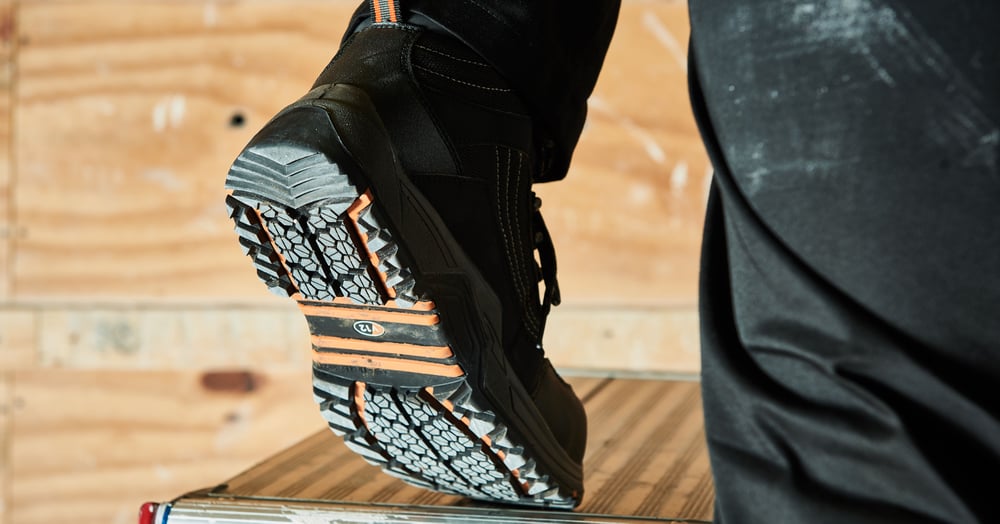
“The indirect costs associated with accidents … can be significantly more than the direct costs. When we consider these factors, the financial implications of failing to prioritise safety become startlingly clear.”
Christian Harris, slip expert.
THE FACTS
- Slip accidents cost employers over £500 million per year (HSE)
- Along with trips and falls, in 2020/21, 441,000 workers sustained a non-fatal injury according to the Labour Force Survey - and 41% of those were slips (HSE)
- Now let's consider how many people that is. 41% of 441,000 is 180,810. So that means that well over 180,000 people were the victim of a slip, trip or fall in this year. If we consider that there are 33,000,000 people working in the UK, and divide this number by the 180,000+ people who slipped, we get just over 0.5%. Meaning? Well, it means that if your company has 800 people in it, then there is a high statistical chance that each year, 4 people will have a slip, trip or a fall. Doesn't sound much? Maybe not - until you read the statistic below:
- The average slip leads to 8.5 lost days of work (a period which according to Safety Mats brings an average total cost of £19,000)
- So, let's take a company with 800 employees, 4 of whom - if we consider the 0.5% HSE statistic - have a high chance, due to the law of averages, of slipping. If one slip accident leads to 8.5 days off and £19,000 total costs (as stated above) then in a year, this company has lost a total of £76,000 and 34 workings days. And 34 days? That's 14% of an entire working year.
THE IMPACT OF SLIPS AND TRIPS IN YOUR ORGANISATION
No company wants a slip incident to cause an employee injury, but they should also be aware that slip accidents have other far-reaching costs for their business.
A slip-related injury and resulting absence can negatively impact a company because it can:
- Reduce productivity through production delays
- Create workforce shortages
- Incur costs through the need for temporary labour
- Cost time and money through training temporary staff
And in the unfortunate event of an accident, a huge amount of time can be spent on insurance, evidence gathering and litigation, not to mention the reputational damage that occurs as a result of these complex and often very public proceedings.
WHAT CAN YOU DO TO PREVENT WORKPLACE SLIPS?
As shocking as these statistics are, many of these accidents are avoidable by having the right slip-resistant footwear. This way, companies can take a proactive and relatively inexpensive approach to reducing slip accidents, rather than finding a solution after an accident has occurred.
TRIALLING SLIP-RESISTANT FOOTWEAR
In its guidance to prevent workplace slips, the HSE recommends employers: ‘Trial footwear first to make sure it is suitable for the environment and for those who will be wearing it.’
We agree.
Companies should avoid getting their safety boots ‘off the shelf’ without assurance that they have the grip to keep their workers slip-free. This is why V12 offer a three-part footwear suitability assessment. In it, we help you decide on the best safety footwear for your employees including the right slip-resistance to optimise safety and maximise compliance. This no-obligation assessment includes our:
- industry-leading audit
- multi-step safety footwear trial
- safety footwear recommendation based on our expertise and knowledge
If you’re in charge of your company’s Health and Safety or PPE procurement, you’ll want to ensure slips and the related costs are at an absolute minimum. Click below to find out how we can help.

